| Title | Pages |
|---|---|
| Comparison of the Glio-Protective Effects of Biopolymer Coated Electrospun Scaffolds Gliosis is a condition that plays a negative role in various neurological pathologies. In this study, it was aimed to obtain and compare the glio-protective effects of electrospun fibrous scaffolds coated by different biopolymers. First, the gliosis model was optimized by treatment with lipopolysaccharide (LPS) and interferon-gamma (IFN-γ) to induce a reactive change in human glioblastoma cells (U-87 MG) cells. The selected inducer was applied to U-87 MG cells grown on polycaprolactone (PCL), hyaluronic acid (HA)-coated, gelatin-coated, and collagen-coated PCL scaffolds. Immunofluorescent (IF) staining was performed by glial fibrillary acidic protein (GFAP) antibody to determine the level of gliosis. It was found that 5μg/mL LPS concentration induced gliosis and HA-coated PCL scaffolds have shown a protective effect against it. 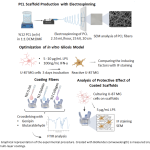 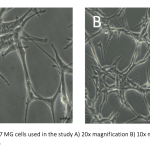 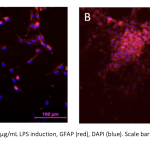 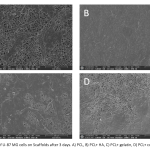 | 327 - 340 |
| Content Analysis of Locally Marketed Energy Drinks: Turkish Market In the Turkish Food Codex Communique on Energy Drinks, energy drinks are defined as "flavored non-alcoholic beverage containing caffeine, containing taurine, glucuronolactone, inositol, carbohydrates, amino acids, vitamins, minerals and other food and components". The amount of caffeine in the composition of the energy drink cannot be more than 150 mg/L, inositol 100 mg/L, glucuronolactone 20 mg/L, and taurine 800 mg/L. It has been reported that consumption of beverages containing caffeine, taurine and glucuronolactone in healthy young adults increases arterial blood pressure and platelet aggregation and decreases endothelial function. For healthy adults, consuming more than 400 mg of caffeine daily and consuming more than 500 ml of energy drinks in energy drinks, as well as consuming energy drink with or together with alcohol, is risky and not recommended. Energy drinks are risky for children, people under the age of 18, the elderly, diabetics, those with high blood pressure, pregnant and lactating women, those with metabolic diseases, kidney failure and people who are sensitive to caffeine. The use of energy drinks has been increasing rapidly in the world and in our country in recent years. Usually energy drinks are used by young people, athletes and people who live actively. Energy drinks are also preferred as a pleasure or to increase mental, physical and cognitive performance. The aim of our study is to analyze the components of the content and the effectiveness of the components by making a qualitative analysis with the GC-MS (Gas Chromatography-Mass Analysis) device of many energy drinks used in the market. In addition, it is the evaluation of the energy drinks available in the market by examining the effects of the determined substances and their amounts on human health. 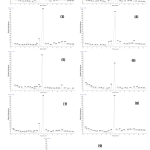 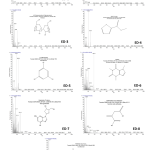 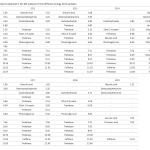 | 341 - 349 |
| Evaluation of Antifungal and Antiproliferative Effects of Two Different Organic Compounds with Cyclobutane Ring In the modern world, where there is a growing demand for new substances with anticancer and antifungal activities, Schiff bases and phthalimide derivatives, which exhibit a wide diversity of biological activity, have become the focus of new therapeutic research studies. Accordingly, this study examined the anti-proliferative effects of two distinct compounds synthesized by cyclobutane substitution on breast cancer and liver cancer cell lines, which are two major cancer types, were investigated with MTT method and their antifugal activities on C. albicans were evaluated with disk diffusion method. Minimum inhibitory concentrations of the compounds against C. albicans were also determined in the scope of the study. The results revealed that the synthesized Schiff base was more effective on the breast cancer cell line MCF7, whereas the phthalimide-derivative was more effective against the liver cancer cell line Mahlavu. Besides, according to the data related to the antifungal properties of the compounds, it can be inferred that both compounds are suitable for further investigation as potential building blocks for the creation of novel and efficient antifungal medications. 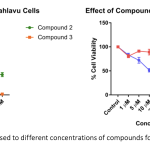 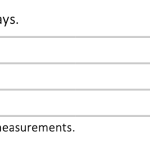 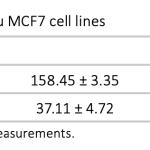 | 351 - 357 |
| E. coli O157:H7 Detection Using Surface Plasmon Resonance Based Biosensor The detection of foodborne pathogenic bacteria remains a significant challenge, and the need for fast and sensitive detection methods is becoming increasingly important. Escherichia coli is a prevalent bacteria associated with foodborne illness, and this study aimed to evaluate the ability of a surface plasmon resonance (SPR) based biosensor to detect E. coli O157:H7 at low levels in pure culture and artificially contaminated bay leaves (Laurus nobilis) using different injection methods. To develop a biological sensing surface, the sensor surface was functionalized with 3-aminopropyltriethoxysilane (APTES), and polyclonal antibodies were immobilized on the surface for bacteria detection. Bacterial attachment to the antibodies resulted in a change in resonance angle. The biosensor was able to discriminate between cellular concentrations of 103 to 107 CFU/mL and showed potential in detecting different pathogens in various food samples. Before the SPR detection, the sample preparation step was optimized to ensure complex food matrices were suitable for SPR analysis. Additionally two different injection ports were compared to investigate the impact of flow rate on binding events at the sensor surface. In one of these ports, solutions were pumped onto the sensor surface at a flow rate of 1.6 μL/s, while in the other method, without any flow, a volume of 10 μL of sample was transferred to the chip surface using a pipette and kept for 10 minutes, after which the signal dynamics were examined. The results suggest that the SPR based biosensor is a promising tool for the rapid detection of foodborne pathogens in complex food matrices. 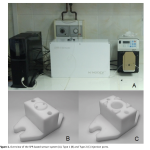 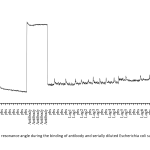 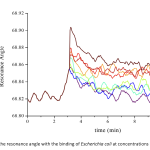 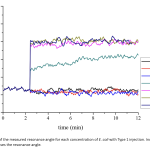 | 359 - 372 |
| The Short-Term Effects of Wheat Straw Cellulose on Soil Carbon Mineralization Cellulosic wastes constitute the majority of agricultural fields. The purpose of this study was to utilize these cellulosic wastes such as wheat straw and wheat straw cellulose on soil carbon mineralization in a sandy loam soils. Two different doses (100 and 1000 mg) of wheat straw cellulose were used to determine the carbon mineralization using the CO2 respiration method. The cumulative carbon mineralization was found to be highest at the minimum doses of wheat straw cellulose with nitrogen (W-CL-N, 19.65 mg) and the lowest at the maximum doses of wheat straw (W-Straw, 14.32 mg). The results showed that the application of wheat straw cellulose at minimum doses resulted in higher carbon mineralization rate. The maximum carbon mineralization rate was observed in soil with minimum wheat straw cellulose and nitrogen source were added (1.41%). Whereas, the minimum carbon mineralization rate was determined in the soil mixed maximum wheat straw (1.03 %). The soil mixed maximum wheat straw was determined the lowest carbon mineralization rate due to its complex structure. The use of nitrogen source and organic matter with cellulose have a positive effect on soil carbon mineralization. It might be said that these results describe an effective way to dispose of organic wastes. 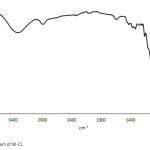 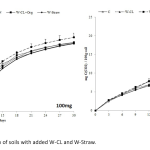 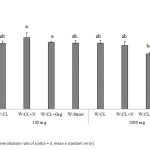 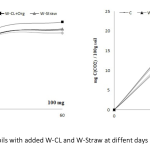 | 373 - 380 |
| Assessment of Staphylococcal Toxins Acting as Superantigens in Different Nasal Specimens in The Etiology of Chronic Rhinosinusitis The mechanism of development of chronic rhinosinusitis(CRS) is not fully known. However, bacteria are thought to play an important role in this clinic. It has been suggested that toxins with superantigen(SAgs) properties produced by one of these bacteria, Staphylococcus aureus(S.aureus), play a role in the development of inflammation associated with sinusitis. In this study, S.aureus was isolated by taking endoscopic sinus biopsy samples and nasal swab samples from patients with CRS and the control group. It was aimed to examine the frequency of S.aureus presence in the samples taken, the presence of toxin genes showing superantigen quality in these isolated bacteria, and to evaluate the roles of these parameters in the development of CRS. More S.aureus was isolated in the samples taken from patients with CRS than in the control group. The isolated S.aureus samples were analysed by real-time PCR method. The presence of enterotoxin A, B, C and D genes in the S.aureus samples isolated from the patient group were found at the rates of 54%, 32%, 16% and 16%, respectively, while these rates were 46%, 24%, 14% and 14% in the control group. The Toxic Shock Syndrome Toxin-1(TSST-1) gene was detected in 20% of the samples isolated from the patient and 46% in the control group bacteria. The fact that S.aureus was isolated in 20% of the patients shows that this bacterium is not necessary for CRS. The frequency of superantigen toxin genes in S.aureus isolates shows that these toxins are not necessary for the development of the disease. 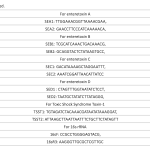 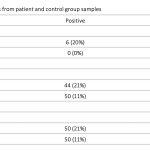 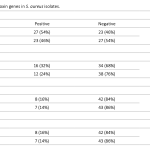 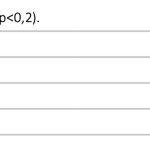 | 381 - 388 |